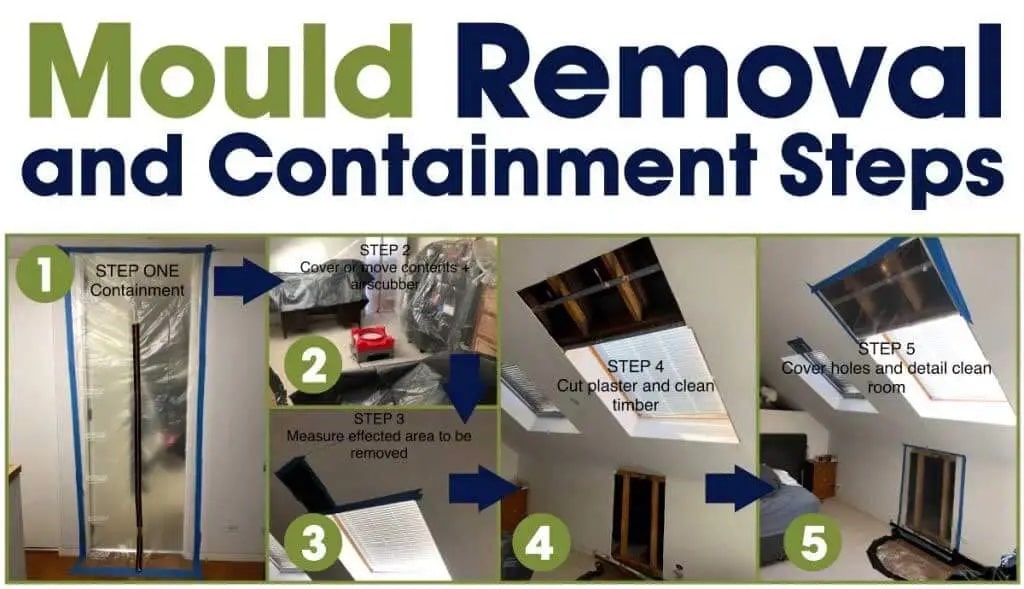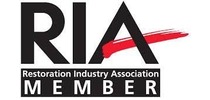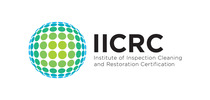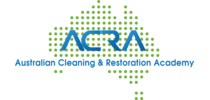Call for help?
1300 762 02124/7 Service availability!
Ready to Serve You Day or Night

When you encounter excess water on your property, it is a major cause for concern. Excess water will soak the materials throughout the area, and the longer the water remains present, the more damage it will cause to your home or business. Keeping in mind the torrential rain in parts of Northern NSW and Queensland, we are now being exposed to a new threat: severe mould exposure. Even if you have not been exposed to this threat yet, water damage can develop at any time for a variety of reasons. It can occur because of something as simple as a washing machine hose leak or a broken pipe. For less obvious reasons, a clogged gutter can overflow and cause water to burst into your home.

Leaking appliances, overflowing sinks or toilets, plumbing and sewage problems or heavy rains and floods can compromise the structural integrity of your property. This can lead to many unwanted and undesired consequences. When excess water begins to collect in areas where it shouldn’t it’s best to try and remove it followed by drying the area right away. The longer it sits there the longer it will lead to damaging your property and subsequently mould.
Mould are organisms that thrive in damp areas – or anywhere with excess moisture. They are an important part of the ecosystem, breaking down organic matter and helping to enrich the soil plants grow in. However, if this mould starts to grow in your home or property it can lead to serious damage. In a recent study, an estimate suggests that there are at least 100,000 species of mould present in and around us in our homes. While not all of them are toxic or dangerous, some species release mycotoxins which are harmful to the human body. If you or someone you know has mould sensitivity, you may encounter symptoms such as-

Mould after water damage begins to form as mildew in colonies that appears on wood, ceiling tiles, pieces of cardboard, wallpaper fabric, carpeting, pieces of drywall and even insulation. It can develop just about anywhere in your home where excess moisture is present for an extended period.
Drying and cleaning/disinfecting is a great start to prevent mould growth however some flooding can become so extensive and damaging that you may just need a team of pros to come in and handle the rest of the situation for you. This process is known as mould retention. Mould retention teams often spray down entire rooms. Even if your damage might be limited to a smaller section, this additional spraying makes it even less likely that mildew and mould have any opportunity to grow in your space.
By now, you already know that mould is a very dangerous substance that can result in significant human health problems and certain people are at an even higher risk due to exposure. That said, mould is not only harmful to your home/property but also can have severe effects on your health.


If you believe you have areas of your home or property that could be prone to mould, contact our mould removal team. On your first call, we will be able to give an indication of how serious your mould problem could be, depending on the information you provide.
Flooding and mould are no joke. When this happens, call our Brisbane team to get options for mould removal.
Professional Tile Cleaning Tips You Need to Know for Beautiful Tiles People love to choose tiles for their home because...
How to Find the Best Mould Removal Company in Brisbane Mould growth in your home or business not only damages...
Carpet cleaning is essential to maintain a clean, healthy environment in your home or business. Over time, carpets collect dirt,...
Call Us Anytime
1300 762 021Submit this information and we will send you the cost for the service.







